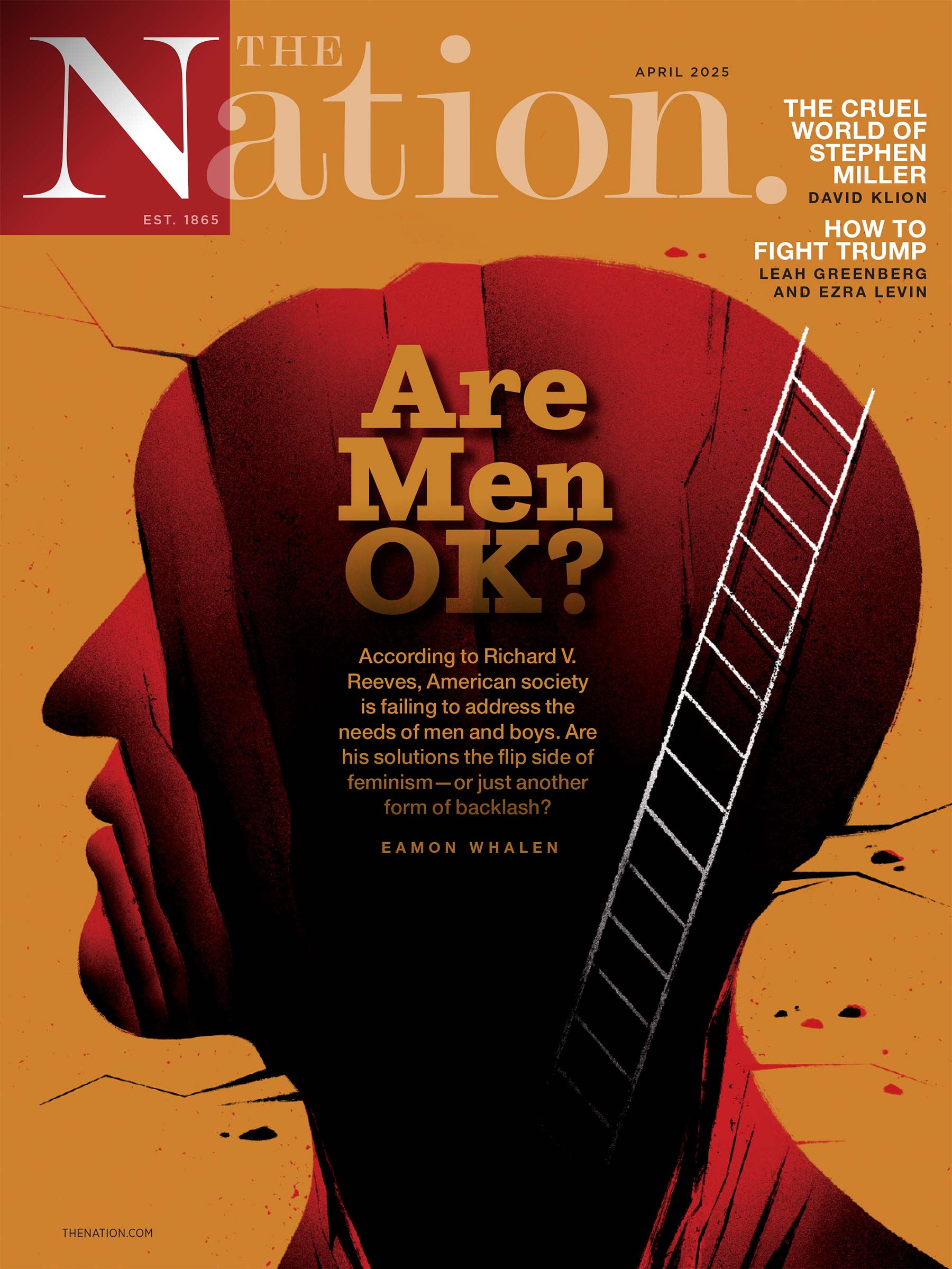In the 1970s, Americans asked, à la John Kerry, who will be the last American to die for a lost cause in Vietnam? In 2012, many Afghans—including President Karzai—are increasing asking: Which Afghan will be the last to die for America’s misguided, hopeless war in Afghanistan? For each American killed in Afghanistan since 2001, probably a dozen or more Afghans has died, and the toll is mounting.
Karzai is engaged in a delicate balancing act between the United States, which funds his government and supports his very existence, and his domestic constituents, more and more angry and bitter over the civilian toll, from air strikes, night raids and other incidents of “collateral damage.” Last week, Karzai tilted explicitly in favor of Afghan civilians, just days after signing a long-term strategic accord with the United States intended to govern US-Afghan relations through 2024.
“If the lives of Afghan people are not safe, the signing of the strategic partnership has no meaning,” said Karzai. His comments came after a particularly egregious series of NATO air strikes in Logar, Kapisa, Badghis and Helmand provinces that left at least eighteen Afghan civilians dead. Karzai’s office said that the toll was higher, and that “tens of civilians” were killed in the attacks.
Local officials and members of parliament in Afghanistan charged that the Badghis incident alone resulted in fifteen dead civilians, including women and children. Before being summoned to meet Karzai, the NATO-ISAF command said only that three insurgents were killed. It’s very possible that had Karzai not spoken out, no investigation at all would have happened.
Countless such incidents have occurred since 2001, and a depressing and familiar pattern has followed each one: villagers claim civilian casualties, the Afghan government protests, NATO promises an investigation and then little is heard about the story again. In this case, the US-led command conducted “preliminary investigations” into the bombings and issued a statement expressing “deepest regrets and sympathies to the families and loved ones of those who died or were injured during coalition airstrikes on May 4 in PanKalay and May 6 in Nowbar villages.” It added:
The preliminary investigations into these events have determined that our actions resulted in a number of deaths and injuries to Afghan civilians. The coalition takes full responsibility for these tragic and regrettable incidents, and we will meet with the family members of those who died or were injured to express our sincere condolences.
In this case, “condolences” usually means a payment of $2,000 or so to the survivors of each victim. But it’s unlikely that we’ll ever see the (classified) results of the final investigations into these incidents, which are almost always kept under wraps.
Six other civilians died in Helmand, reports AFP:
In a separate incident, in the volatile Helmand province in southern Afghanistan on Friday, six civilians were killed in a NATO airstrike, an Afghan official said. “Six people—a woman, two boys and three girls—were killed in a foreign forces airstrike on Friday in Sangin district,” provincial spokesman Daud Ahmadi told AFP.
In advance of the NATO meeting in Chicago, the United Nations announced that its most recent figures show that, overall, civilian casualties in Afghanistan are down by 20 percent in 2012, and they’re expected to release a report this week reflecting that fact. And, of course, most of the civilians killed in Afghanistan die as the result of attacks by the Taliban and its allies, including suicide bombings and roadside IEDs. But most Afghans don’t make distinctions between civilians killed by the United States and its allies or by the Taliban. The dead are dead, and they’re killed because foreign forces are waging a war on Afghan soil.


